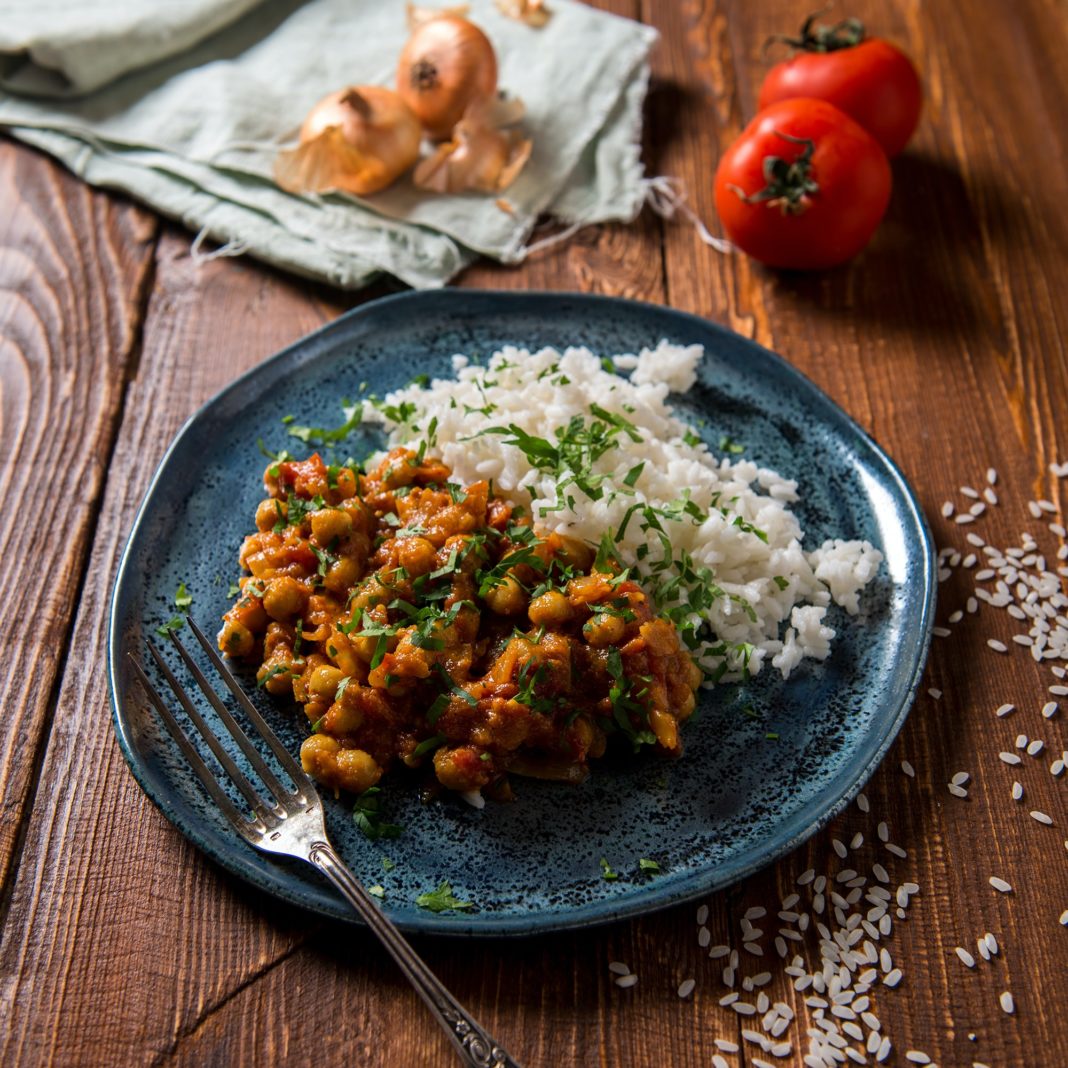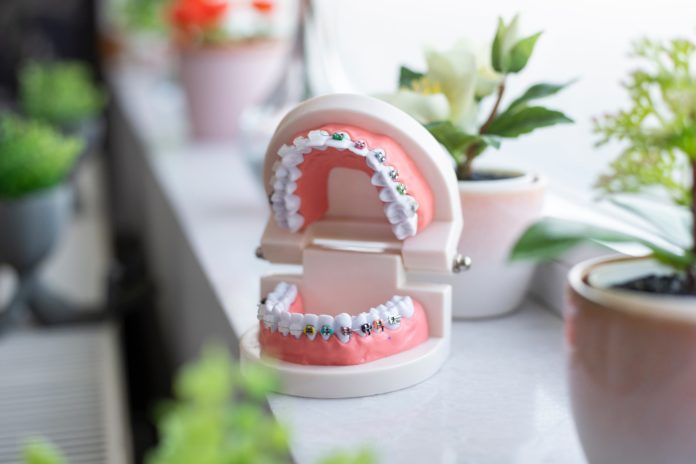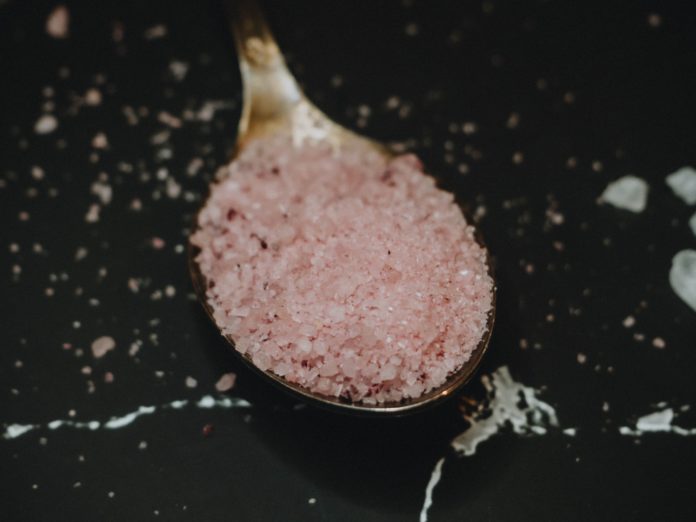You might not even know exactly what lectins are, but you probably know someone who’s avoiding them. Just like gluten!
It’s been said that lectins (found in beans, legumes, grains, peanuts, and nightshade vegetables like tomatoes and eggplant), are the culprit behind inflammation, GI distress, and autoimmune disorders.
How the heck can a vegetable be bad for us?!
To decide whether lectins have a place in your diet, it’s important to understand exactly what they do, how they affect your body, and why cooking methods matter.
Here’s what the science has to say.
What We Know
1. Lectins act as “anti-nutrients”
Lectins evolved to protect plants from predators. But that kickass defense system could wind up hurting your digestion.
See, the lectins bind to cells in the digestive tract, which can interfere with healthy digestion and nutrient absorption, especially calcium, iron, phosphorus, and zinc.
Hence the term “anti-nutrient.” This is what can also cause abdominal pain, cramping or diarrhea in some people. Over time, they may damage the intestinal lining and disrupt the makeup of your gut microbiome.1
2. Some lectins are toxic
Some types of lectins can be seriously harmful, causing severe nausea, vomiting and diarrhea that require treatment. The most common is phytohemagglutinin, a lectin found in red kidney beans.
However, these instances are rare. One UK-based study found only 50 cases of “red kidney bean poisoning” over a 13-year span – less than 4 cases per year. People with digestive disorders like irritable bowel syndrome or colitis, and some people with food sensitivities may be more susceptible to lectin poisoning.2
3. Cooking + soaking deactivates harmful lectins
Boiling legumes for one hour has been shown to reduce lectin activity by 94-100%. One study analyzed the effects of cooking on four types of Chilean beans and found that cooking in boiling water for two hours made lectin levels undetectable.3
Soaking legumes before cooking can also help to remove some lectins.
|
Be warned, however, that slow cooking or simmering beans at a low temp may not be sufficient – boiling water is much more effective at deactivating lectins.1 |
4. Lectin-containing foods are part of a healthy diet
Lectin-rich foods are good sources of antioxidant phytochemicals, vitamins, minerals, fiber and protein. In fact, just a half cup of cooked beans contains roughly 9-10 grams, or 33% of your daily fiber goal, plus about 8 grams of protein.
Did you know the average American already doesn’t eat enough fiber?4
What We’re Still Learning
Lectins’ exact functions are far from fully understood. Current research is exploring everything from lectins’ role in autoimmune disease, anti-cancer treatments, and gut cell stimulation. Below are some of the gray areas still under investigation.
1. Lectins and inflammation
One theory behind the lectin-inflammation link is that if too many lectins attach to cells lining the digestive tract, they may degrade gut integrity and allow bacteria and other substances to pass into the bloodstream. That can trigger an immune response, usually accompanied by inflammation.
However, this response was mostly observed in rats who were fed large amounts of intact lectins. It’s unclear what type or amount of lectins would induce the same effects in people.5
2. Lectins and autoimmune disease
The link between lectins and autoimmune disease is an extension of the inflammation argument. Chronic attacks on the immune system brought on by a leaky gut can potentially trigger the body to produce autoantibodies, eventually leading to autoimmune diseases.
However, not enough studies exist to prove this link. Some studies have found that a low-lectin diet can reduce autoimmune and inflammatory markers in people with these conditions, but there is no research suggesting that following such a diet can prevent these conditions from developing in the first place.5
The Bottom Line
Lectins have come under scrutiny for their potential role in promoting systemic inflammation and autoimmune diseases, but so far the link has only been explored in animal studies. The impact on humans is not yet clear.
What we do know is that cooking at high temperatures for at least an hour almost completely inactivates the lectins found in most foods. You’re only likely to experience negative effects if you eat undercooked beans, or if you have an underlying digestive disorder.
How do I get started?
| Toes In |
|
| Waist Deep |
|
| Full Immersion |
|





